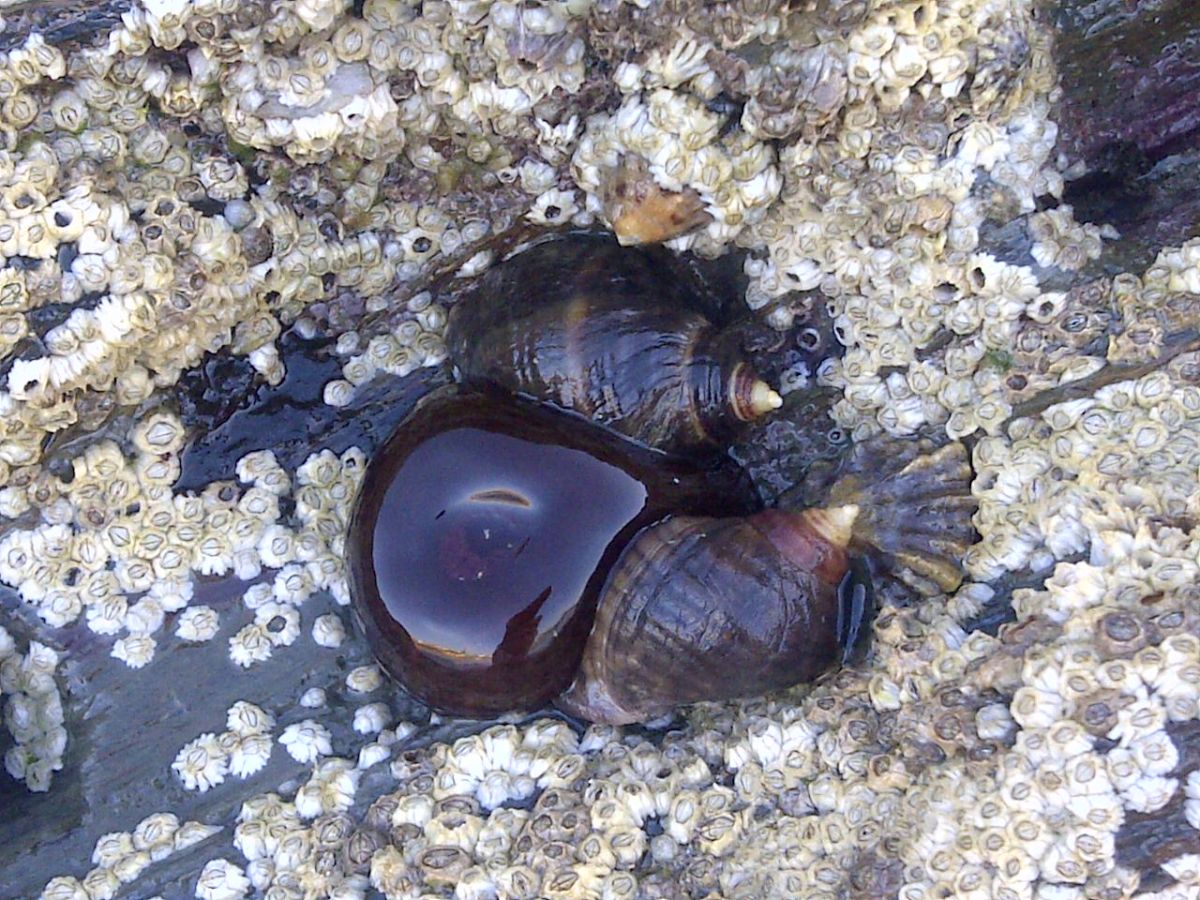What if I said that mammals aren’t the only animals that give live birth? In fact, there are many species of amphibians, reptiles, and insects that do! However, one of the group’s newest members is causing quite a stir in the scientific community because of just how new it is.
Over the past 100,000 years, Littorina saxatilis, a common North Atlantic marine snail, has done what it normally takes species millions of years to do: transitioned from reproducing by laying eggs to giving live birth, or “live-bearing” as scientists call it. Other closely related snails all lay eggs, but L. Saxatilis is the only one of its kind to be live-bearing. In fact, live-bearing is really the only thing that separates L. Saxatilis from its relatives.
But why? Why would the snails undergo this transition in the first place? Scientists are still working on this question. On the one hand, it may be that live-bearing allows the snails to reproduce in areas where it would be too dangerous to lay eggs. However, live-bearing also brings with it a host of new risks, such as adaptations to the snail’s anatomy and immune systems and requiring snails to eat more while their young develop.
However, scientists have discovered a clue that may help unravel this mystery. What appeared to be one change in the snail’s behavior was in fact a result of 50 changes to the snail’s genome. Scientists are optimistic that discovering what each of these changes did will help us understand the exact process by which the shift from egg-laying to live-bearing occurred. In the meantime, the discovery reminds us that evolutionary processes happen gradually, mutation by mutation, step-by-step.










